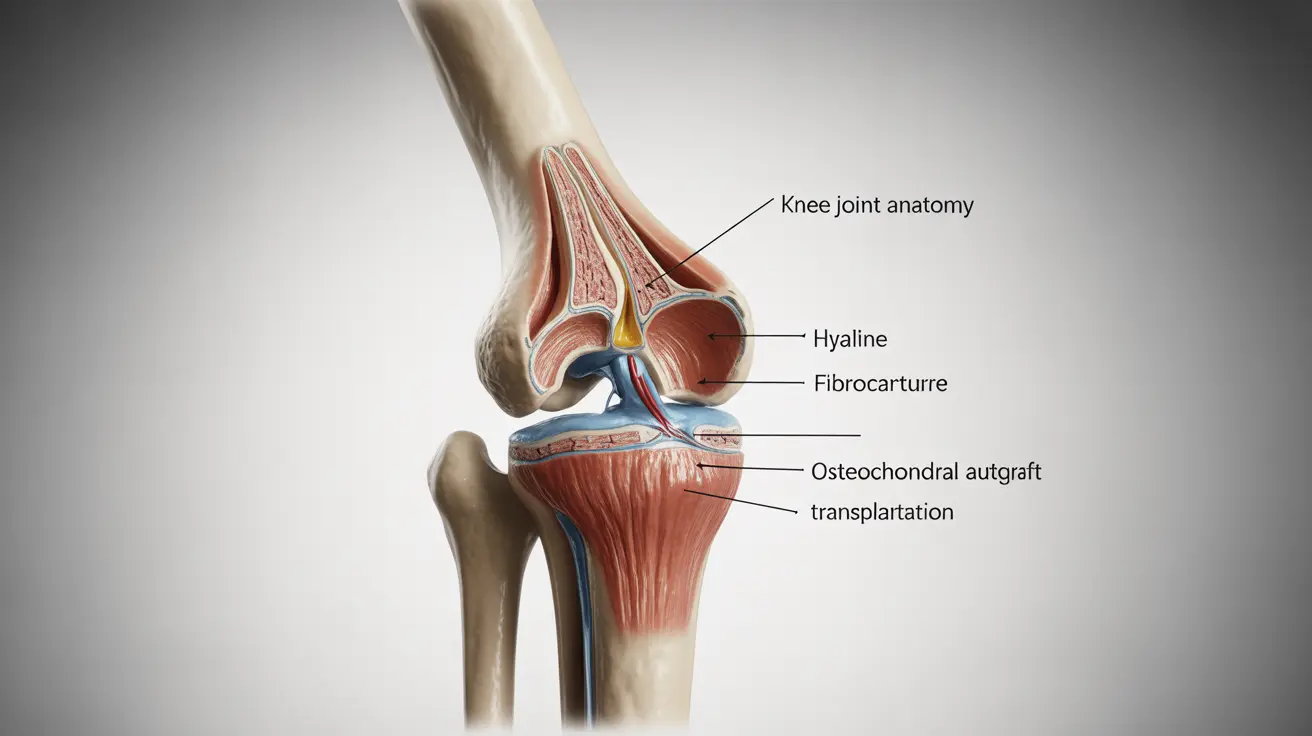The NHS prides itself on three things: universality, accessibility, and free delivery at the point of delivery.
Despite being a crucial part of England's healthcare, the NHS is not free of limitations and challenges. Today, we will establish exactly what those limitations are, what they mean for UK citizens, and how these issues can be addressed effectively.
Challenges of the NHS
It's essential that, first and foremost, we address and outline the most prevalent challenges the NHS is facing.
Underfunding
The most blatant failing of the NHS is its funding. Government health expenditure in England increased at an annual rate of just 2% in real terms during the ten years leading up to the pandemic, significantly lower than the historical average of 3.8%.
Naturally, for such a program to operate smoothly, there needs to be a robust budget that accommodates the NHS's many necessities. This financial strain affects the NHS's infrastructure and its capacity to adopt new technologies and innovations crucial for improving patient care and operational efficiency. The Economics Observatory highlights how this underinvestment has stretched the NHS's resources thin, exacerbating existing problems and creating new ones.
Staffing Shortages
Another monumental issue facing the NHS is understaffing. In fact, 57% of subjects in a recent poll pinpointed a lack of proper staffing as the primary failure of Great Britain's healthcare system. This was closely followed by issues accessing treatment in a timely manner and a lack of funding.
High Demand
The final glaring issue facing the NHS is that, candidly, the program needs to catch up with its increasing demand. Despite the NHS's budget remaining at a standstill, the number of individuals seeking care has only increased with time, giving the NHS more to juggle with less and less aid on both its fiscal and material fronts.
For instance, 40% of patients in cancer care waited longer than two months for their first treatment following an urgent GP referral in December 2023, significantly above the target of 15%. In addition to this, almost 30% of A&E attendees in January 2024 waited more than four hours, marking the worst January on record.
Problems with Diagnostics and Laboratory Tests
However, the symbolic "elephant in the room" regarding the NHS is none of the above issues. The most glaring problem facing the NHS is its inability to keep up with the rest of the First World in diagnostics. Testing and preventative care are arguably the most crucial parts of healthcare, and the NHS cannot afford to continue lacking in this area.
Their limitations have led to considerable delays in diagnoses and treatment, directly affecting patient outcomes and the overall efficiency of the healthcare system. The need for more diagnostic equipment and a workforce to meet the growing demand have hampered recovery efforts from the COVID-19 pandemic, further exacerbating these delays.
Long waiting times for diagnostic tests are another significant challenge. These extended delays not only impact the treatment timeline but also negatively affect patients' health outcomes. There were marked increases in breaches of the 6-week diagnostic standard before the pandemic, underscoring the severity of the situation and the urgent need for improvement.
These are only some of the many issues that come with poor diagnostics. Alongside these are outdated equipment, incapable of handling the serious problems faced by the public, and a lack of qualified personnel, which can lead to increased pressure on existing staff.
Potential Solutions
While plenty of negative things can be said regarding the NHS and its operations, there is still hope for future improvement. Many advances have been made toward building a better, more competent NHS. These solutions seek to enhance the quality of patient care and enhance the efficiency and sustainability of the NHS's diagnostic services.
Increased Funding
Though throwing money at an issue is no way to solve it, it's no secret that an increase in strategically placed funding can make all the difference in how NHS operates. Additional financial resources are essential for recruiting more healthcare professionals, providing them with the necessary training, and updating or purchasing new diagnostic equipment. This investment would directly address the critical shortages in personnel and the obsolescence of technology that currently hampers diagnostic services.
Implementing the Recommendations from the Richards Review
The Richard's Review is an independent review of diagnostic services commissioned by NHS England. Among the most impactful recommendations is the establishment of community diagnostic centers (CDCs), designed to offer more accessible and efficient diagnostic services outside traditional hospital settings. These centers are envisioned to significantly reduce test waiting times and alleviate the pressure on hospital-based diagnostic services.
Technology-Driven Enhancements
Integrating advanced technologies, particularly artificial intelligence (AI), represents a forward-looking solution to improve diagnostic processes. Tools like Diagu , which leverage AI to assist in interpreting diagnostic tests, can help doctors make faster and more accurate decisions. The adoption of these technologies has the potential to optimize the utilization of existing resources, reduce bottlenecks in diagnostic pathways, and ultimately lead to quicker and more efficient patient care.
How Improved Diagnostics Can Impact The Future
The healthcare sector is due for a pivotal transformation, spurred by innovative solutions brought forward by tools like Diagu . These platforms respond to the critical challenges highlighted by recent healthcare statistics, such as the surging waiting lists for elective care, which stood at 7.60 million in December 2023, and the concerning delays in cancer treatment timelines.
Diagu's AI-driven diagnostic tool promises to expedite the diagnostic process, potentially reducing waiting times by offering quick, accurate diagnostic suggestions.
This software introduces a direct access model to laboratory tests and other services aimed at early disease detection and management. This model can significantly ease the pressures on A&E departments by presenting an alternative pathway for those with non-emergency conditions.
AI tools like this represent a beacon of hope for improving cancer care timelines, reducing waiting times for elective care, and offering a more efficient patient care pathway.
Diagu is addressing urgent needs with its cutting-edge solutions despite the growing demands placed on the healthcare system.
Explore https://www.getlabtest.com and discover how this platform is shaping the future of healthcare.




